It is science week here at Tot School, and to celebrate, we had a week full of daily science experiments for toddlers.
If you are looking for easy science experiments for toddlers to learn and enjoy, these are our top favorites so far!
All of these science experiments for toddlers are age-appropriate, fun, and have been tested and approved by my own toddler 2-year-old toddler as well as my sensory students.
The Best science experiments for toddlers
#1 Volcanic Eruptions
Also called witches brew. This science experiment for toddlers come in as number 1 in our list because it is so easy to make, it is so much fun to do, and the kids can do it themselves.
To do this experiment, all you need is some baking soda and vinegar. The mixture between the two created a magic explosion that is safe for the little ones and a lot of fun.
Use food coloring to change the color of the bubbles. Add water to the vinegar to dilute and expand the use of it, the kids love to pour and see the bubbles repeatedly, so this will extend the activity for extra playtime.
Learn how to set up this witches brew experiment with step by step instructions
#2 Fizzy Cubes

To make fizzy cubes freeze a mixture of baking soda and water. Activate with the vinegar the same way mentioned above.
To change the activity and work fine motor skills, this activity was set up using a dropper to suck the vinegar and squeeze it into the fizzy cube.
My toddler tried it a few times but wanted a faster way to dissolve the cubes. He enjoyed grabbing each of the fizzy cubes and dropping them into the vinegar cup.
#3 Oobleck
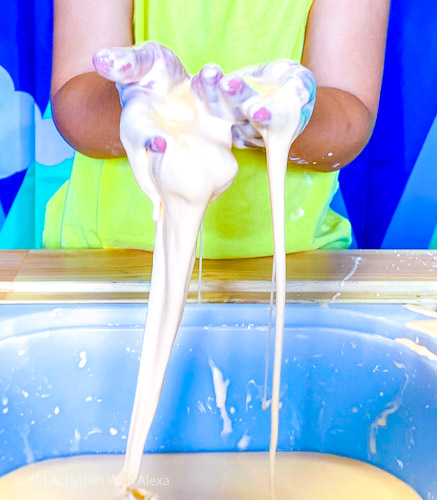
Making Oobleck is one of my favorite activities, but it can get very messy! When you grab this substance, it is solid, but it melts and becomes liquid when you let go of the pressure.
To do this science experiment all you need is two parts cornstarch and 1 part water.
Watch our quick video or get the step by step instructions and learn how to make oobleck
#4 Sink or Float

Understanding weight is one of the first science experiments that you can do at home. All you need is a bowl of water and a few water-safe objects.
Start by identifying what happens when each objects touches the water. Repetition here is key!
Once tout toddler grasps the new vocabulary words and correctly identifies what is happening then try to ask before the item gets dropped to guess what he thinks is going to happen.
You can repeat this experiment during bath time, at the pool or anywhere you have access to water.
Learn how to set up the sink of float experiment with step by step instructions
#5 Hot and Cold
Learn about temperature using sensory bottles. We filled out one bottle of water with cold water and added a few ice cubes and filled out a second one using hot water. We dyed the cold water blue and the hot water yellow to help associate the concepts.
We also paired this opposite lesson with a YouTube video which we learned the lyrics and acted out the finger-play actions throughout the week.
#6 mixing Colors
Once a toddler is familiar with the colors, can identify and name them correctly it is time to add colors into science experiments. Working with primary colors we have started to create a few experiments to make new colors. This week was all about yellow and blue makes green. We did it with some water, food coloring and soap as well as with paint.
What Primary colors make new colors?
- Red and Yellow makes Orange
- Yellow and blue makes Green
- Blue and Red makes Purple/Voilet

#7 Bubbles
Discovering air is one of the very first science concepts that can be taught, Do this experiment if your child knows how to blow out already. Add a squirt of dish soap into a bowl and some water. Provide a straw and show your toddler how to blow to create bubbles.
Look at the colors the bubbles reflect, can you hold it? does it pop? can you blow on them? what happens?
As a variation of this experiment, you can add watercolor paint to the solution and allow the colored bubbles to pop into a paper to create a work of art.
#8 DIY Lava Lamp
This experiment was one of Manu’s favorite. To create your own DIY lava lamp you will need vegetable oil, water, food coloring and effervescent tablets.
For our first try we filled out 1/2 of the glass cup with water and added food coloring (too much!) and the other half with vegetable oil. I crushed the effervescent tablet in many pieces as I knew my toddler would enjoy dropping them tablets into the glass.
Once the tablet hits the water, it starts to dissolve and create bubbles who travel upwards on the glass, passing through the oil and popping into the surface. Because the water doesn’t mix with the oil, you can visually see how these bubbles travel towards the surface and once they pop how the water travel back down.
For our second try, we did only 1/4 of water and used a lot less food coloring and added a lot more vegetable oil to the glass. The lava lamp looked a lot better as the colored water bubbles had more room to travel.
Cutting up the tablets in different pieces was a great ideas. Manu loved creating the bubbles and enjoyed repeating it over and over.
#9 slime
Slime is a great tool to work on fine motor skills, it is also a cool chemistry experiment. Similar to oobleck, slime changes is composition when played with. It is solid but stretches or breaks. For toddlers, of course, they won’t really understand the science concept behind it but they will enjoy playing with the material and making their own little experiments as they learn and understand how slime behaves. Is not like playdough, it is not like oobleck, it is its own unique material.
I like to use fluffy slime, like the rainbow slime or the white fluffy slime with toddlers. Fluffy slime is less stretchy that other types so it is easier to handle by toddlers.
Learn how to make rainbow slime
Learn how to make white fluffy slime
#10 Exploring light
Learning about light and dark, shadows and reflections are all science activities you can start exploring early on.
Make shadows using cutout woods or use your hands and a flashlight, use the sun to explore the light and it’s reflection. We have done colored bottles to explore the colors reflect on the floor, made apple shaped suncatchers and made a glow in the dark sensory bottle.
Last Thoughts
Science can be a lot of fun and as you can see, you can start even when they are toddlers. Allowing your toddler time and exposure to different materials and experiments helps them understand the world they live in, gives them the confident to experiment and explore and gain a ton of new information when doing so. Don’t forget to always supervise any experiment or invitation to play.
Get tons of creative ideas to do with your toddler at home! Become a PLAY MEMBER by signing up for the newsletter.
Play members get seasonal activity ideas right in their inbox, a special invitation to our Mommy & Me Virtual Circle time, and access to our free library with educational printables and activities to develop your child through sensory play and reach their developmental milestones while getting a head start when entering Pre-K.
like kt? Love it? Share it!
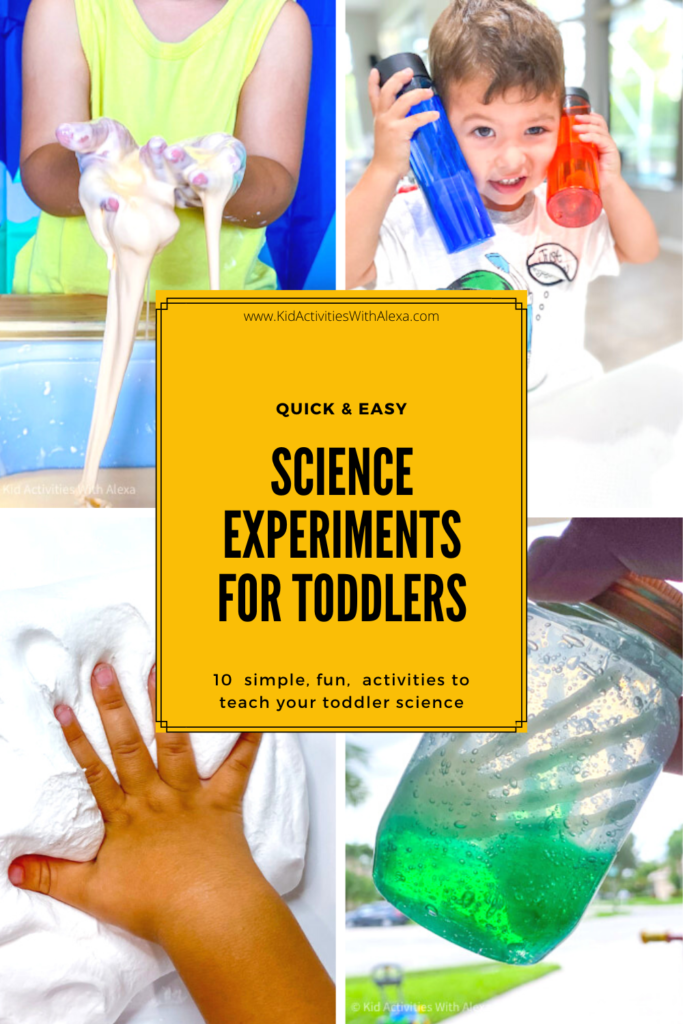
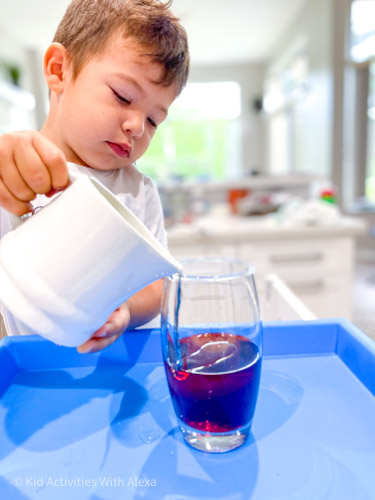
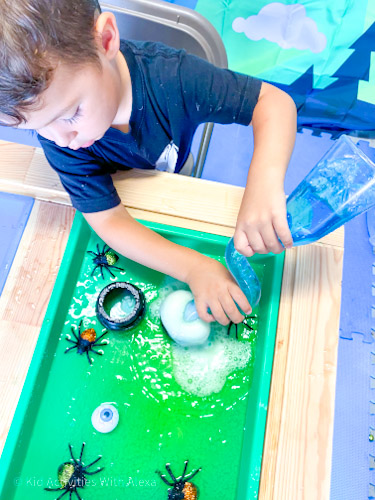
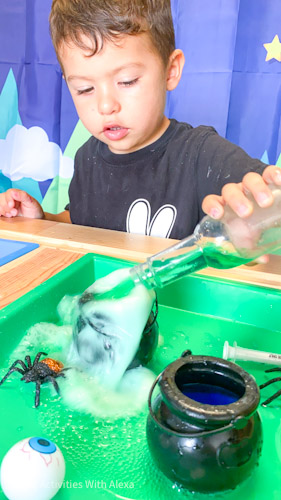
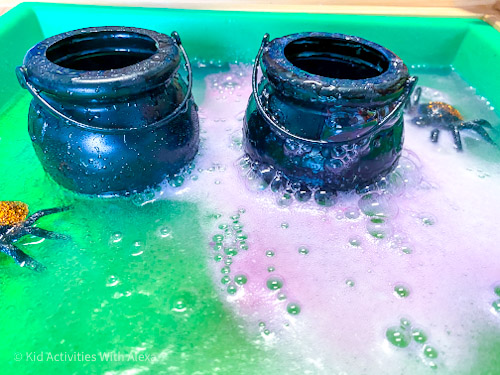
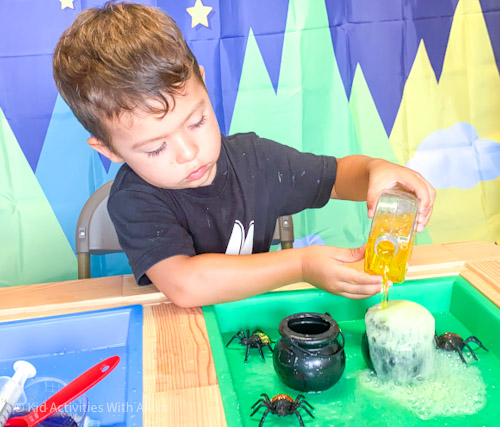

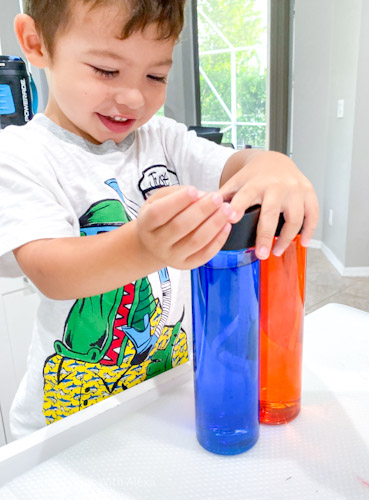
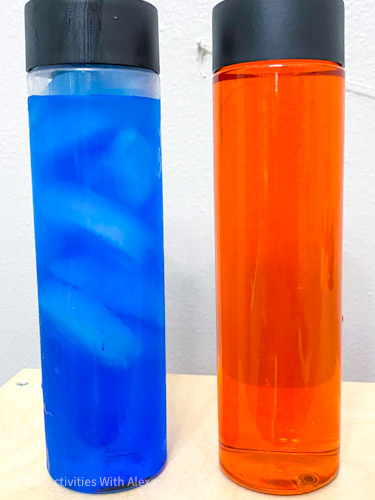
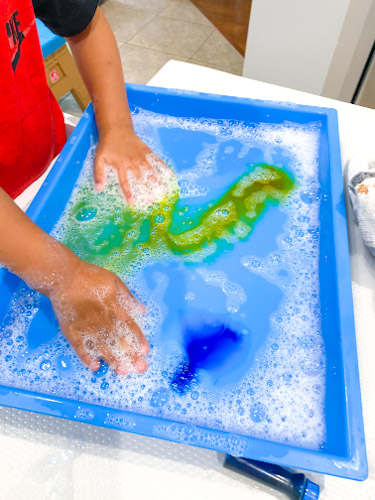
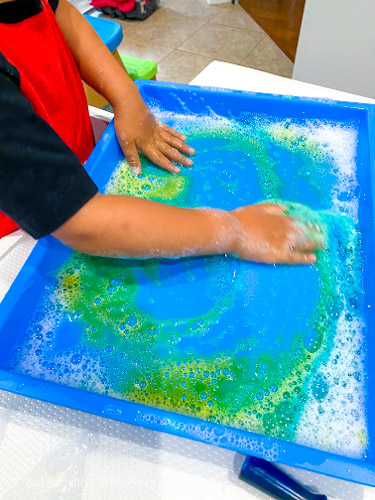
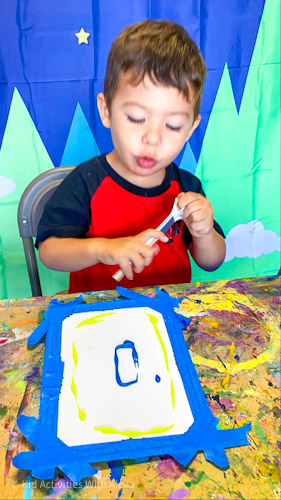

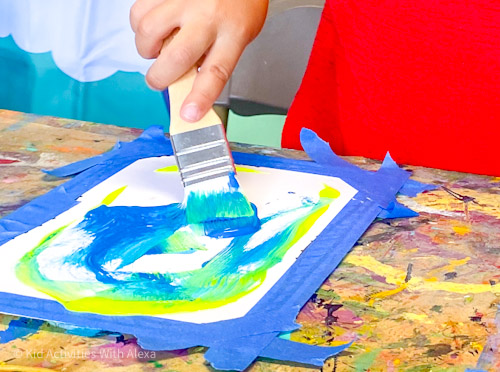
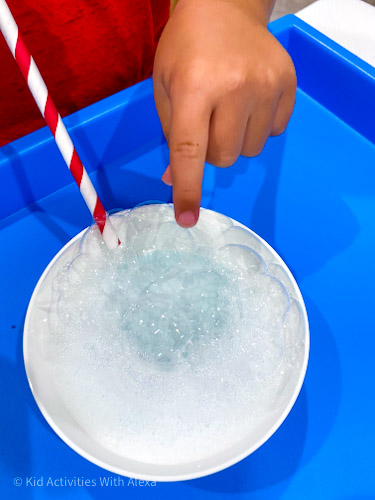

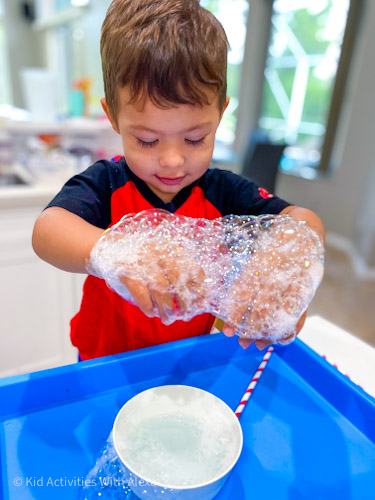
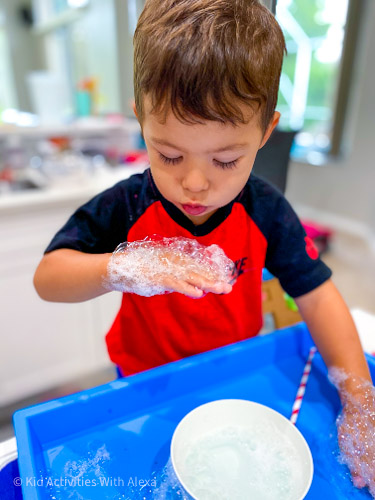
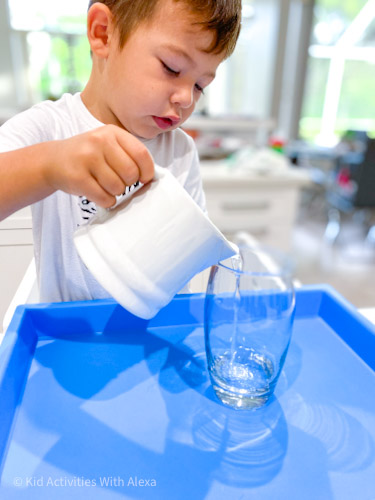
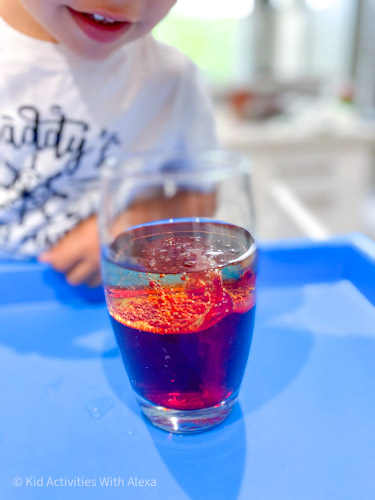
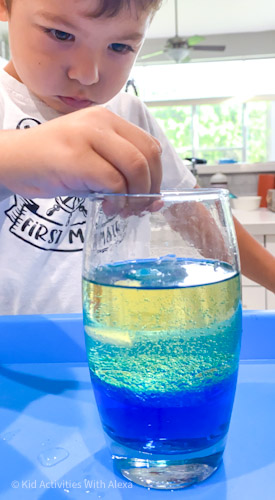
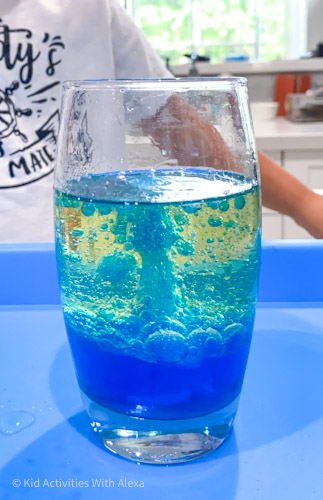
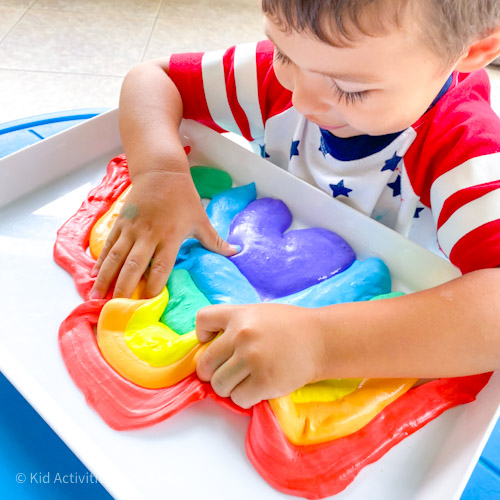
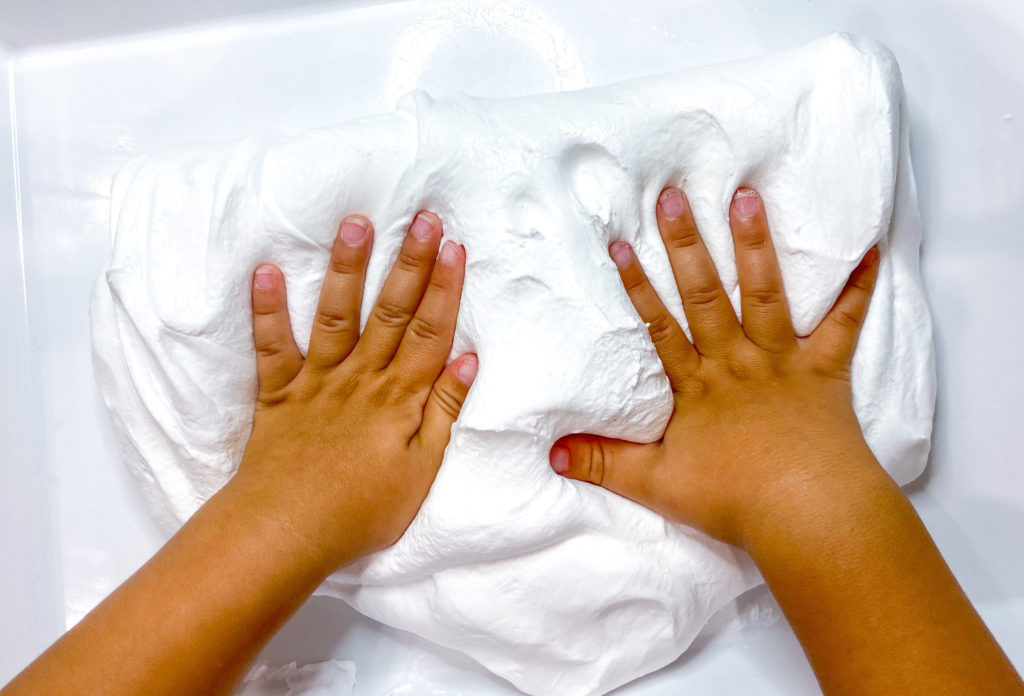

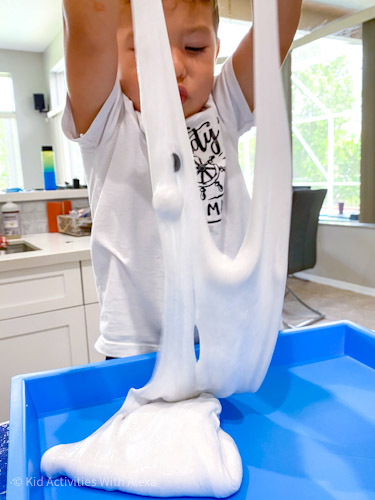
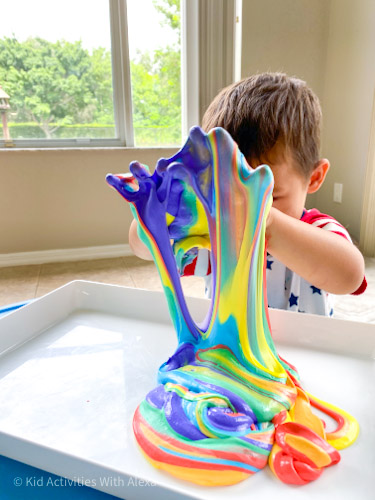
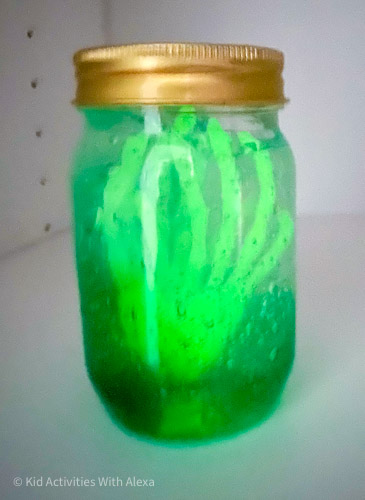
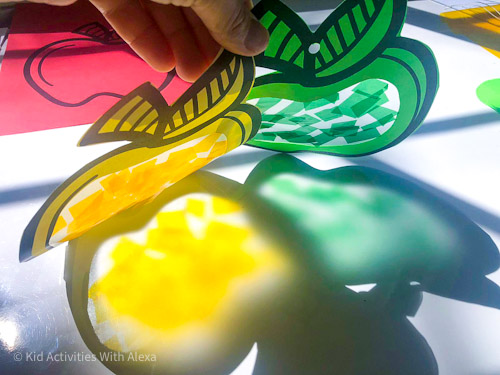
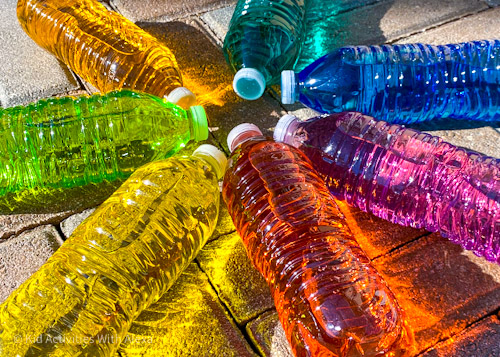
1 thought on “10 quick and Easy science experiments for toddlers that are totally awesome {2 years old and Up}”
Comments are closed.